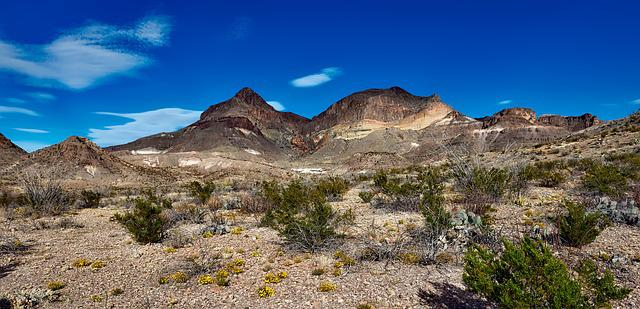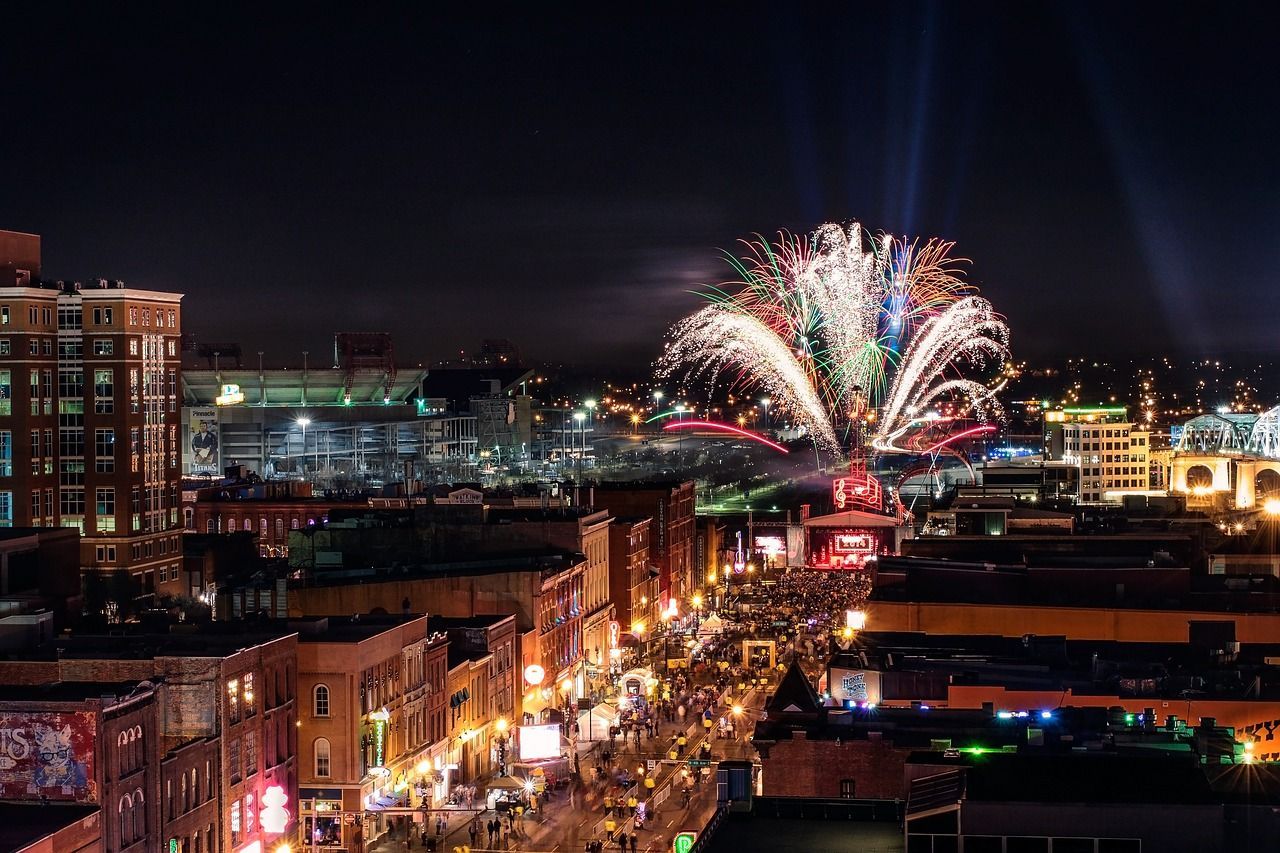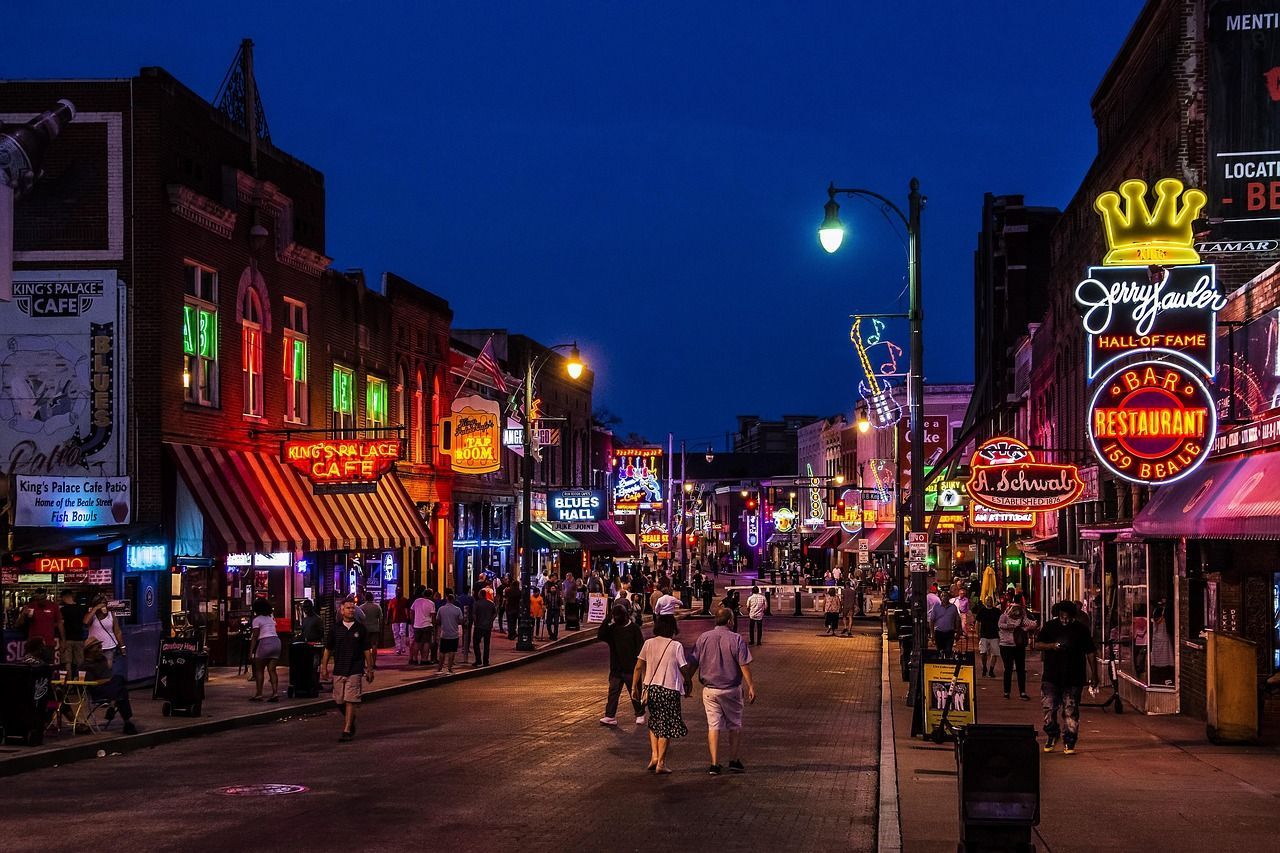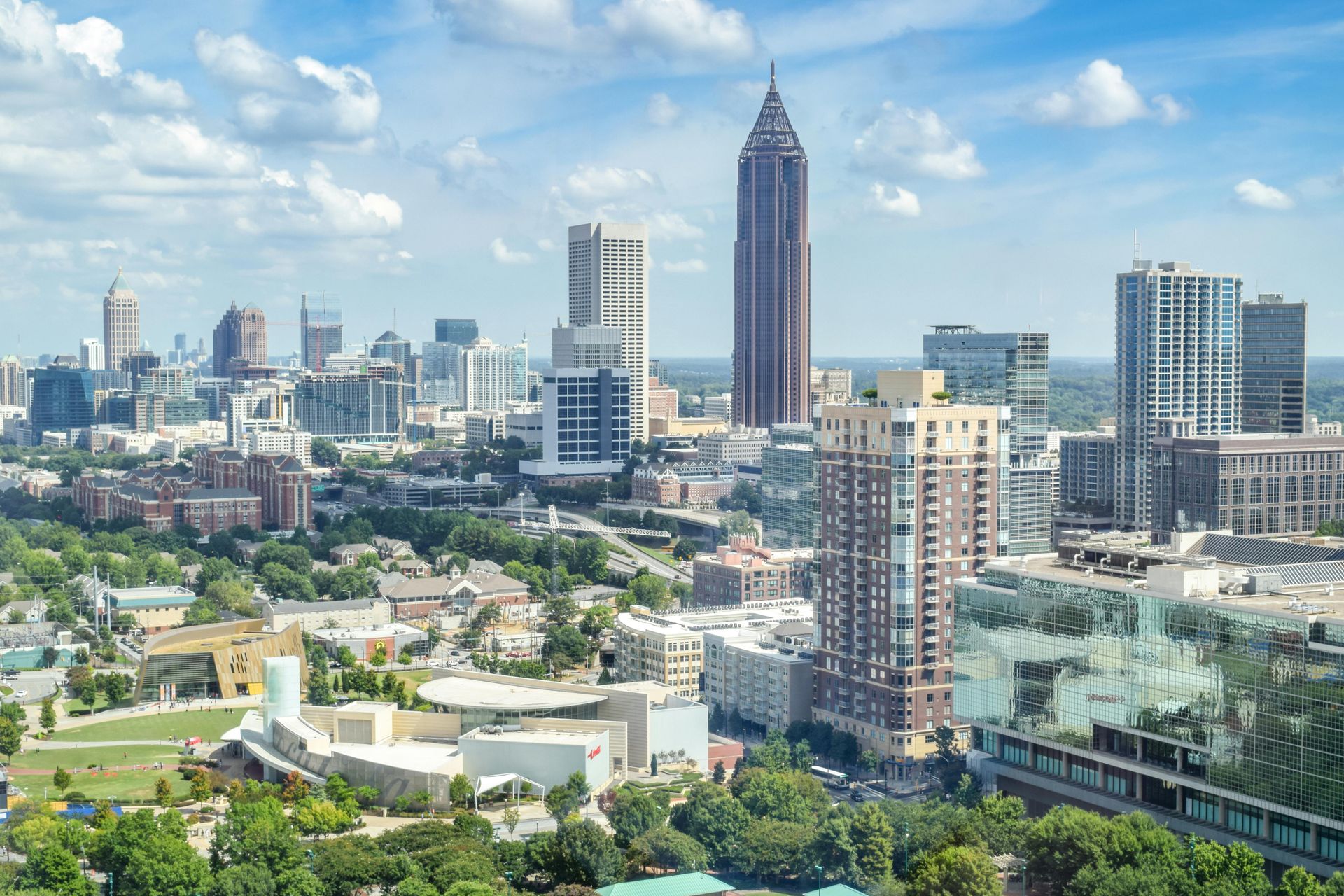As one of only two national parks in the State, Big Bend National Park is one of the best places to truly appreciate the iconic Texas landscape. However, due in large part to its isolated location, many people never bother to explore Big Bend National Park for themselves.
That is why we have created this comprehensive Big Bend National Park guide. From when to go and how to get there to what to do when you arrive and how long you should stay, we will cover everything you need to plan the perfect travel itinerary.
So, if you are planning to visit Big Bend National Park for yourself, I highly suggest reading on.
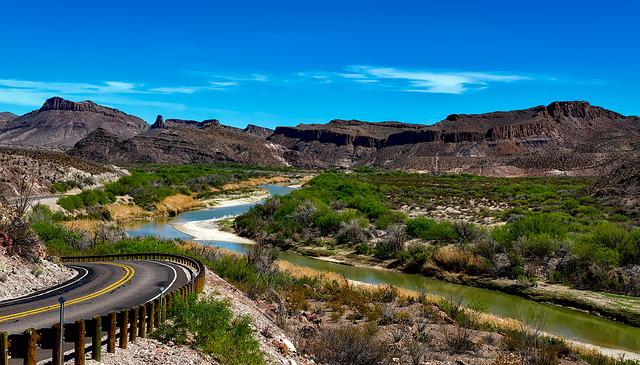
Facts & Figures About Big Bend National Park
Big Bend National Park is the 14th largest national park in the United States, as well as 7th largest in the lower 48 states, covering an area of 801,163.21 acres. With a relatively remote location, it is the 26th least visited national park in the country, averaging just 581,000 visitors per year. This also makes it the 17th least visited in the contiguous U.S.
The park was established on the 12th of June 1944 and officially opened to visitors on the 1st of July of the same year, making it the 27th oldest national park in the United States. Its designation came after Texas legislature campaigned for 3 years for its natural beauty to be preserved.
Beyond its natural beauty, Big Bend National Park also has a rich history, with evidence of its mining, ranching, and pioneer eras to relics dating back 10,000 years. The archaeological sites contain everything from dinosaur bones, sea fossils, and volcanic dikes to the remains of historic buildings.
In 2012, Big Bend National Park was designated a “gold tier” International Dark-Sky Park by the International Dark-Sky Association. It earned the designation as it was deemed to have the darkest skies in the lower 48 states, making it the perfect place to see the Milky Way, planets, and stars.
Big Bend National Park Temperature
The Big Bend National Park temperature fluctuates between 36.8°F (2.7°C) and 93.6°F (34.2°C) each year. The record high seen in the park is 109°F (43°C), while the record low is 4°F (-16°C).
The hottest period of the year is from mid-May to mid-September, while December through February is the park’s cold season. The park gets virtually no snow but does see some rain between late May and early October, with July and August being the wettest months.
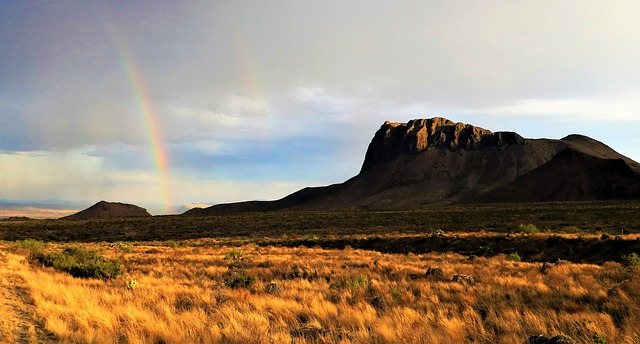
The Wildlife & Landscape Of Big Bend National Park
Big Bend National Park is in southwest Texas, on the United States border with the Mexican states of Coahuila and Chihuahua. The landscape of Big Bend National Park is dominated by canyons, deserts, mountains, hot springs, and sections of wilderness.
To the south, the park is bordered by Rio Grande river. The Rio Grande is what separates the park and Texas from Mexico, while the large bend at this part of the river is what the park is named after.
The flora and fauna present throughout Big Bend National Park is incredibly diverse and vibrant. This is largely down to the incredible variety of habitats, climates, temperatures, landscapes, and elevation that can be found in the different sections of Big Bend National Park.
The plant life in Big Bend National Park boasts more than 1,200 different species. This includes over 60 different types of cacti, such as the prickly pear, pitahaya, and claret cup, as well as plants like yuccas, agave lechuguillas, candelillas, and ocotillos.
In spring, the park also explodes into a blanket of colour, as wildflowers like desert rock nettles, pink and white bluebonnets, desert willows, and desert marigolds blossom throughout its many sections.
As for the inhabitants of Big Bend National Park, more than 600 species of animals call it home, as do over 3,600 varieties of insects.
With the likes of bats, bears, cougars, coyotes, deer, foxes, jackrabbits, javelinas, rats, and around 450 types of birds, including roadrunners and golden eagles, there is always plenty for nature lovers to enjoy. The wildlife on offer even becomes more vibrant after the sun goes down.
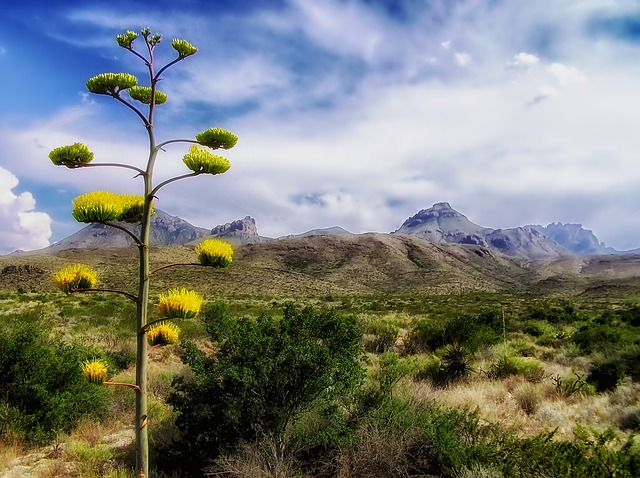
How To Get To Big Bend National Park
The closest major city to Big Bend National Park in the United States is El Paso, Texas, which is 330 miles (531 kilometres) away. This is also the site of the nearest major airport. It takes around 5 and ½ hours to drive between the two destinations by car.
Meanwhile, the closest major city on the Mexico side of the border is Chihuahua, which is also the location of the nearest major Mexican airport. While Chihuahua is closer than El Paso as the crow flies, by road it is 260 miles (415 kilometres) away and also takes 5 and ½ hours to reach.
There are two roads leading into the park. On the east side, you can gain access via Main Park Road, which is off of U.S. Highway Route 385. Then, on the west, you can enter via Texas State Route 118.
Best Time To Visit Big Bend National Park
The best time to visit Big Bend National Park is in either May or September. By visiting during these periods, you will still get to make the most of the warmer summer months, while avoiding the blistering heat common in this region during the height of the season.
These are also the optimal periods when taking rainfall into consideration as well.
It is not at the height of the rainy season, so it is unlikely you will experience any major thunderstorms, yet it isn’t during the dry season either, which means the waterfalls present in the park will be flowing.
Combine these facts with the long days and late sunsets seen during these periods, and May and September are the ideal months to explore Big Bend National Park to enjoy it in all its glory.
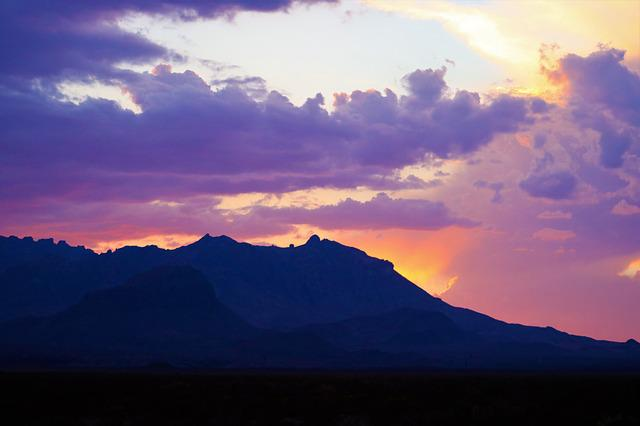
Top Attractions In Big Bend National Park
Being located over 5 hours from any major cities or airports, Big Bend National Park isn’t a destination you are likely to visit regularly. That means you are going to want to squeeze as much in as possible, to make the most of the time you have while you are there.
With that in mind, we will now look at the top attractions in Big Bend National Park, to ensure you don’t miss any of the highlights during your visit.
Explore The Chisos Mountains
The Chisos Mountains are the southernmost mountain range in the contiguous United States, as well as the only mountain range in the country to be located entirely within a national park.
Covering 40 square miles (104 square kilometres), the range peaks at 7,825 feet (2,385 km), at Emory Peak.
By far the highest elevated section of the park, this is where you will find much of Big Bend’s iconic wildlife, while it also offers some breathtaking panoramic views of the surrounding region.
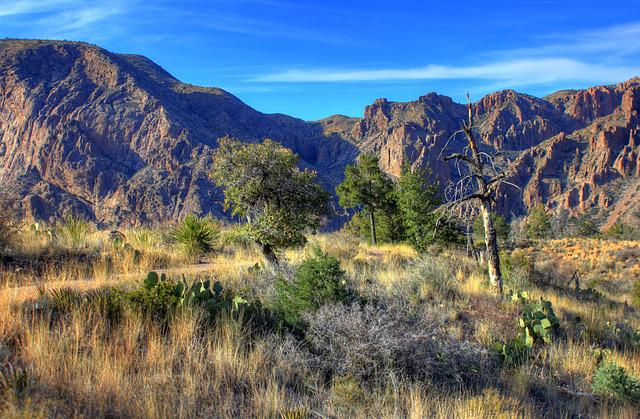
Sail The Rio Grande River
Also known as the Rio Bravo, the Rio Grande is an 1,896 mile (3,051 kilometre) river that runs from Rio Grande National Forest in Colorado to the Gulf Of Mexico.
It runs along the entire southern edge of the state of Texas, acting as the border between Mexico and the United States. With the banks of the Rio Grande abundant with wildlife and iconic landscapes, it’s a perfect way to explore the park from a different vantage point.
A popular spot for canoeing, kayaking, and rafting, you can set sail down the river, enjoying the scenery and appreciating the serenity of the water.
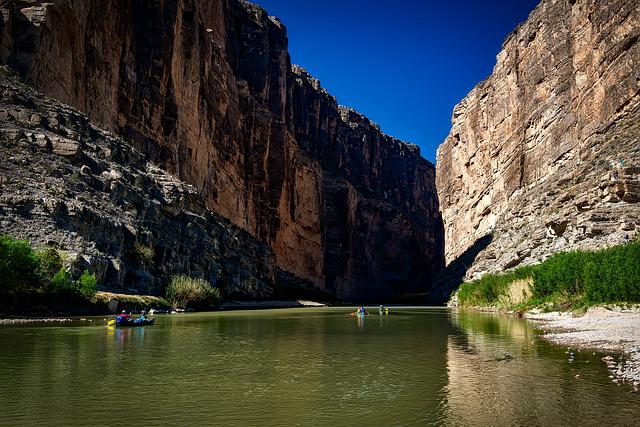
Relax In The Hot Springs Historic District
Listed on the United States National Register Of Historic Places in 1974, Hot Springs Historic District is the site of the old Langford Hot Springs resort.
A popular tourist resort from when it was built in 1909, it remained almost consistently in operation until the forming of the park, some 35 years later.
Beyond the incredible hot springs themselves, which are filled with irreplaceable fossil water, visitors will find historic features, including the remains of the old stone bathhouse, the Langford residence and adobe house, bathing shelters, and cabins, as well as Native American petroglyphs.
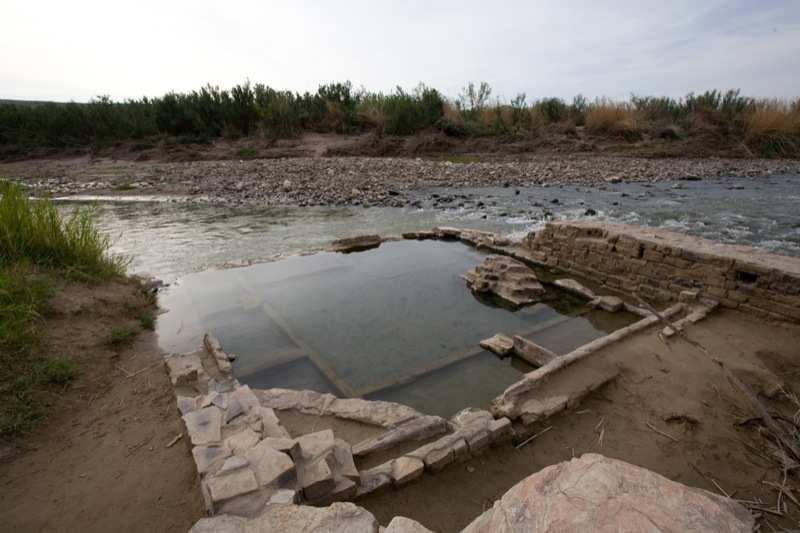
Homer Wilson Ranch
Also called Blue Creek Ranch, the Homer Wilson Ranch is a 28,000 acre ranch, the was the largest in the Big Bend area when it was established in 1929.
Homer Wilson used it to ranch goat and sheep until his death in 1943, and it was added to the U.S. National Register Of Historic Places in 1975. The Blue Creek Residence is among the most popular attractions in Big Bend National Park.
With two bedrooms, a kitchen, living room, fireplace, and connected staff living quarters, built in the region’s traditional style, it’s a great opportunity to see how people in Big Bend would have historically lived.

Step Back In Time In The Castolon Historic District
The Castolon Historic District is a small settlement on the edge of the Rio Grande river that was founded in 1901 and exploded in popularity thanks to Mexican immigrants fleeing the Mexican Revolution around 10 years later.
Added to the United States Register Of National Historic Places on the 6th of September 1974, the district is split into two distinct halves, the Old Castolon section and The Army Compound.
The Old Castolon section features the Old Castolon Store, which includes a café, residence, and shed. Meanwhile, The Army Compound houses the Castolon Store, Alvino, Garlick, and Magdalena residences, as well as a granary, latrine, officer’s residences, recreation hall, and tack room.
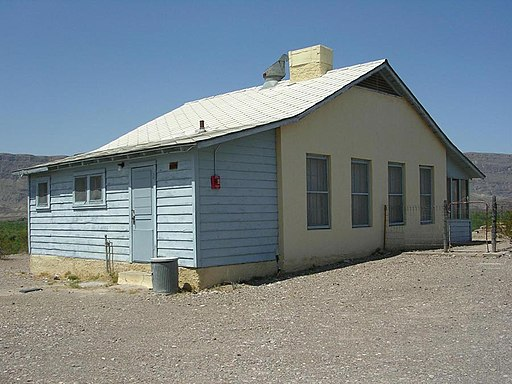
Go Hiking In The Wilderness
Big Bend National Park is a truly stunning destination, but you will only be able to appreciate it so much while travelling in a car or sticking to the roads. Take the opportunity to venture off into the wilderness on one of the many trails located throughout the park.
This will give you the chance to see a little more of the wildlife, discover some of the less explored areas, enjoy the serenity of the region, and truly appreciate the landscape, without being surrounded by other people.
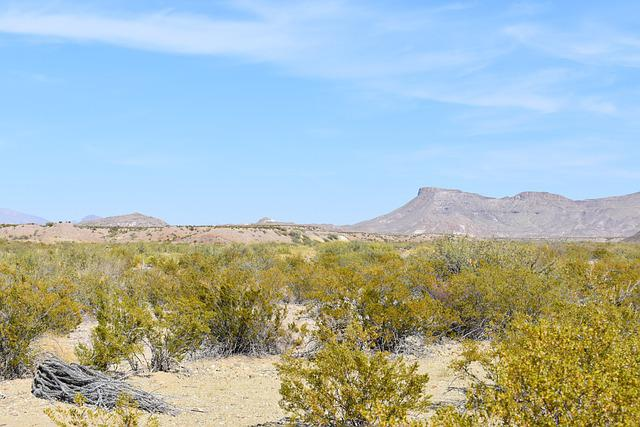
Camp Beneath The Stars In The Chisos Basin
With Big Bend National Park a designated “gold tier” International Dar-Sky Park, you simply have to do a spot of stargazing during your visit and there is no better place to do it than the Chisos Basin.
With the wide open spaces, flat grounds, and virtually no light pollution from passing cars or nearby settlements, you can spend the night camping beneath the stars, taking in the beauty of the night sky in all its majesty in a way that is possible from only a few places on Earth.
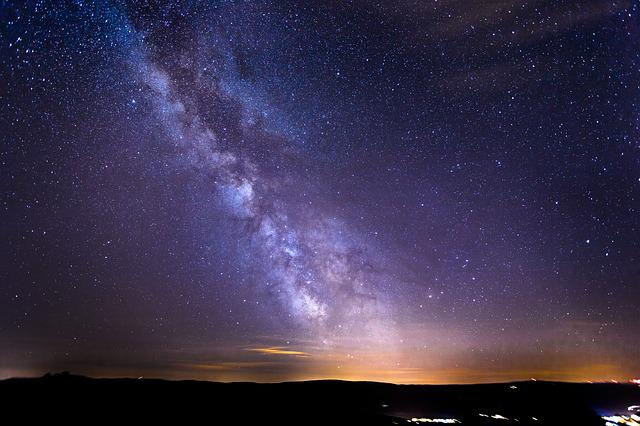
Things To See And Do Near Big Bend National Park
While its isolated location means there aren’t many things to do near Big Bend National Park, there is one option that stands out as something worth exploring, especially considering how far you will have come from to get here.
Big Bend Ranch State Park
Big Bend Ranch State Park is a 311,000 acre state park, located a little over 30 miles to the west of Big Bend National Park.
While much of its landscapes and wildlife are similar to what you will find in its more famous neighbour, there are some incredible features that still make it worth a visit.
There is the Colorado Canyon, the most accessible river canyon in the region, Madrid Falls, the 2nd tallest waterfall in Texas, and even The Solitario, a 4786 foot (1459 metre) tall geologic feature created by a collapsed laccolith.
Throw in things like the Contrabando Movie Set, an abandoned location where some legendary westerns were filmed, and iconic wildlife not found in the national park like bighorn sheep, and it should be clear why Big Bend Ranch State Park deserves your attention while you’re in the area.

Best Place To Stay Near Big Bend National Park – Lajitas Golf Resort
The Lajitas Golf Resort is a beautiful, 4 star resort, right by the Rio Grande River, on the United States – Mexico border, just a 40 minute drive to the west of Big Bend National Park.
Despite being in such a remote location, it ensures you can still enjoy a luxury experience during your visit.
The incredible views of the river and surrounding landscape on offer from the property are further enhanced by full access to Black Jack’s Crossing Golf Course, a bar, full service spa, and an outdoor swimming pool, as well as activities like fossil tours and guided hiking and horse riding trips.
The entire hotel boasts an incredible, historic style that is synonymous with the region. This can be enjoyed in both the rooms and the communal areas, which includes a fabulous restaurant serving gourmet west Texas cuisine for breakfast, lunch, and dinner.
Each of the rooms features a range of amenities, including a coffee machine, refrigerator, flat screen satellite TV, air conditioning, and luxury furnishings. The entire hotel is also pet friendly and covered by high speed Wi-Fi, while free parking and an on-site ATM are available for all to use.
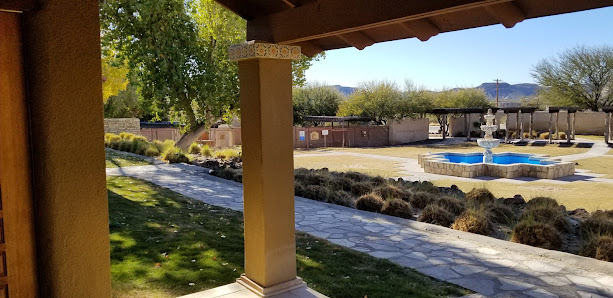
How Many Days To Spend In Big Bend National Park
For the best experience possible, 3 days is the ideal amount of time for most people to spend in Big Bend National Park.
For starters, with three distinct regions in the park, the Rio Grande, Chisos Basin, and Ross Maxwell Scenic Drive sections, you can dedicate an entire day to exploring each area.
Three days will also ensure you can fully explore and enjoy each area for its own unique beauty and attractions. Plus, being located so far from civilisation, it ensures you can make the drive worth your while.
If, however, you can’t spare a full three days, two days is the absolute minimum you should visit for. This will give you enough time to drive right through the park, see all of the sights, and spend some time hiking to appreciate the natural beauty of the park away from the road.
Conclusion
That concludes our ultimate Big Bend National Park Guide. By this point, you will hopefully have a much better idea of the many wonders that await you when you visit Big Bend for yourself.
From planning exactly where to stay, what to see, when to visit, and even how long to stay for, you have all the tools to plan your dream Big Bend National Park travel itinerary.
All you have left to do then is start getting everything booked. That way, you can start looking forward to experiencing it all for yourself, as soon as possible.
